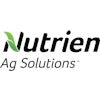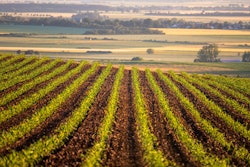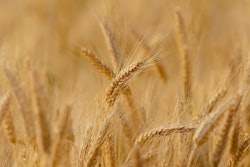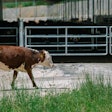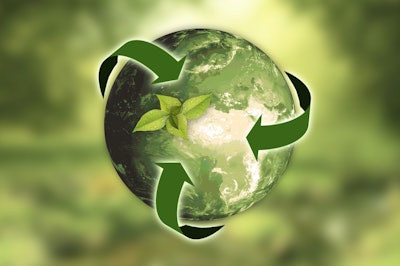
Viterra CEO David Mattiske said the company is committed to climate action and ensuring the continued supply of essential food and feed is achieved sustainably.
“We have five decarbonization pillars with activities and actions to achieve our target within each pillar,” said Mattiske. “Our long-term success lies in meeting ambitious targets, which includes a reduced reliance on fossil-based fuels and associated carbon emissions.”
Using 2022 data as the baseline, Viterra has set a 25% intensity-based scope 1 and 2 reduction target, by 2032. This 10-year target has been informed by technical analysis to align with a well below 2ºC pathway.
The target covers scope 1 and 2 (market-based) emissions for assets under Viterra’s operational control (processing, farming, storage and handling, port terminals), and will be intensity based off tonnes processed. Both the baseline and trajectory for the targets have been validated by external review.
“We will continue to review our decarbonization target as we progress towards being carbon net zero by 2050 with the potential to accelerate our plans as opportunities and technologies develop over time,” Mattiske said.
Viterra is progressing its Scope 3 emission measurement program to report a baseline and reduction targets in 2024.
Further detail about Viterra’s sustainability activities and progress can be found in its 2022 sustainability report.

